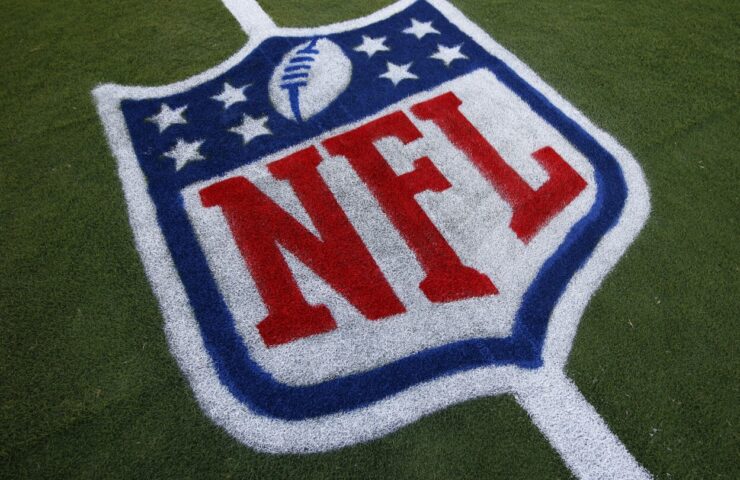
Collusion streams from the fact that NFL teams are independent
For many, the news that the NFL was caught with its hand in the collusion cookie container (regardless of the ridiculous conclusion that the teams didn’t follow the encouragement/directive to collude) was consulted with a shrug. And for great reason.Many assume the groups coordinate/collude routinely. Many presume it’s completely fine to do so.They presume that the”franchises” are part of a more comprehensive organization. That the NFL is one large business with 32 branches that the league workplace controls.But that’s not the case. The American Needle case, decided by the U.S. Supreme Court in 2010, discovered that the NFL isn’t a” single entity “however 32 independent companies. Which implies that any coordination/collusion among those organizations totals up to an offense of the antitrust laws.So how can the NFL have a wage cap and a draft and constraints on player motion like the
franchise tag? By participating in a” multi-employer bargaining system,” the NFL’s teams have secured a restricted antitrust exemption that permits them to make typical rules regarding the 32-team player workforce. The typical guidelines appear in a Collective Bargaining Agreement. And the CBA specifically restricts collusion
regarding the things the independent organizations are licensed to do, within the boundaries of the CBA’s rules.Remember when the league punished the Cowboys, Commanders, Raiders, and Saints for dealing with the uncapped year of 2010 as uncapped? That was outright collusion, because the CBA permitted the teams during the uncapped year to spend at will.The CBA also permits groups to offer players fully-guaranteed contracts. As soon as the Browns exercised their right to do so with quarterback Deshaun Watson, the league office (through the Management Council)prompted the teams to hold the rope in order to prevent the Watson deal from ending up being the norm.And they did. (Even though the arbitrator overlooked and/or rationalized the proof that they did.)The next three veteran quarterback agreements for established beginners were not completely guaranteed.
Which enabled the Watson agreement to be considered a blip on the radar screen and not a game changer.It all occurred due to the fact that the teams abided by the guideline to limit warranties in contracts. Think about it in this manner. As it connects to the CBA, the league and the union are taken part in a more comprehensive game of tug of war. As it connects to the private player contracts, the groups aren’t expected to unite.
Specifically, owners aren’t expected to be thinking about what the owners of the other groups desire. Owners are expected to be thinking of what’s finest for their teams only– even if it produces an issue for other teams.The issue is that fans and media expect the groups to coordinate. And, frankly, the NFLPA has actually done a poor task throughout the years of efficiently communicating to fans and media that coordination isn’t permitted.By introducing the most recent collusion case, nevertheless, previous NFLPA executive director DeMaurice Smith tried. The only problem is that, once the NFLPA secured a ruling that the league advised the groups to collude, existing NFLPA executive director Lloyd Howell stuck the 61-page judgment in a vault and locked it.That doesn’t
alter the fact that the 32 independent services of the NFL got a direction to conspire and, in my own individual viewpoint, they did.
